The tradition of offering food to ancestors and deities during the Duanwu Festival is a significant part of the celebration. After the offerings, the family head will invite family members to partake in the blessed food and perform a ritual to ward off insects by consuming sweet rice wine, tro cakes, and fruits.
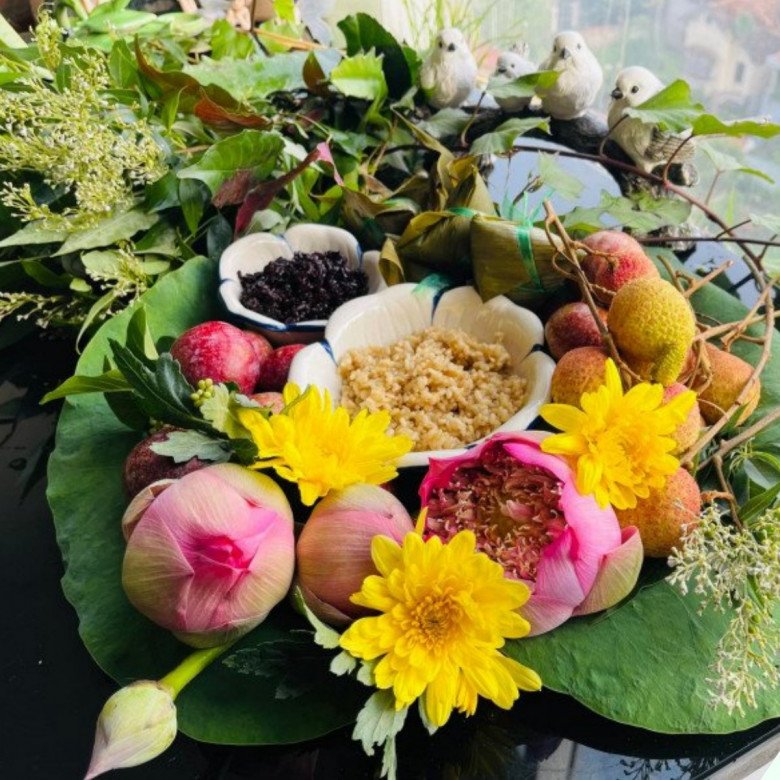
Photo: Chun Chun Mai
To prepare a bountiful offering, women usually buy ready-made sweet rice wine from the market or make it themselves. The method of preparing sweet rice wine varies across regions. However, regardless of the recipe, it is essential to keep in mind these three fundamental aspects:
Selecting the Right Type of Rice
The rice used for making sweet rice wine is different from regular rice. It is recommended to choose rice that has been milled only once, which is sufficient to remove the husk.

Although this type of rice may not have an appealing color, it is rich in vitamin B and beneficial for health. Additionally, it aids in the successful fermentation process of sweet rice wine.
When purchasing, look for round, intact grains of similar size. Check for broken or damaged grains to ensure the cooked rice maintains its visual appeal.
Buying Yeast
The type of yeast typically used for making sweet rice wine is known as “men bac” in Vietnamese. It comes in the form of round pellets with a pleasant aroma. Using this yeast ensures that the sweet rice wine tastes delicious and doesn’t turn sour. Moreover, consuming sweet rice wine made with this yeast is gentle and won’t cause headaches.
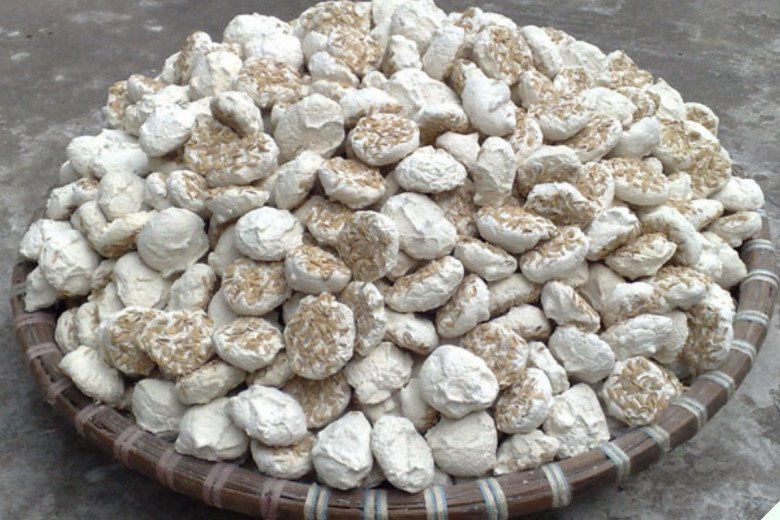
When buying yeast, opt for pellets with a light color and a mild, pleasant scent. These characteristics indicate freshness and the absence of moisture or mold, which will result in better-fermented sweet rice wine.
Timing
Timing is crucial when fermenting sweet rice wine. Depending on the temperature and weather conditions, the fermentation time may vary. During the summer, when the weather is hot, the fermentation process can be as short as 3 to 5 days. However, in winter, when temperatures drop, the fermentation time tends to be longer.
Refer to the following recipe for sweet rice wine, which guarantees success and ensures that the rice wine won’t turn bitter or undercooked.
Ingredients
– Milled sticky rice: 1.5 kg
– Banana leaves: 2 large leaves
– Northern yeast: 3 pellets
Instructions for Making Delicious Sweet Rice Wine
1. Rinse the sticky rice thoroughly and soak it in water for about 2 hours until the grains expand. If you plan to steam the rice, soak it for 4 to 6 hours to ensure it becomes soft, sticky, and fragrant.
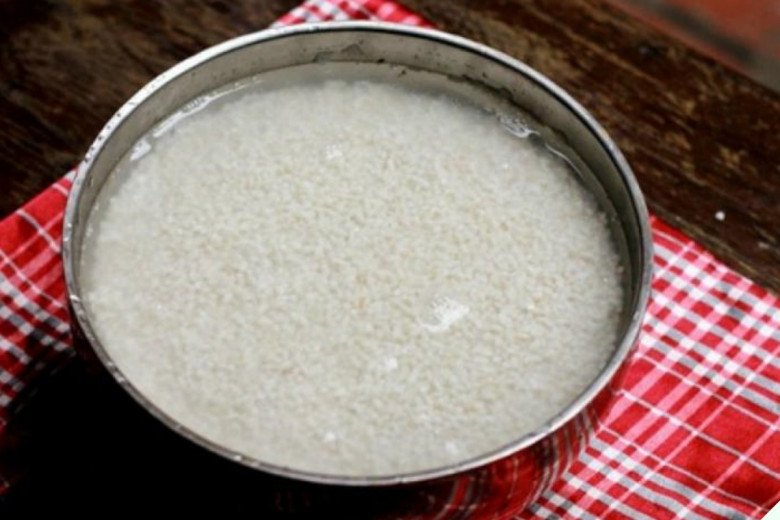
2. Place the sticky rice in an electric rice cooker and add water until it reaches the level of the rice. Avoid adding too much water to prevent the rice from becoming mushy.
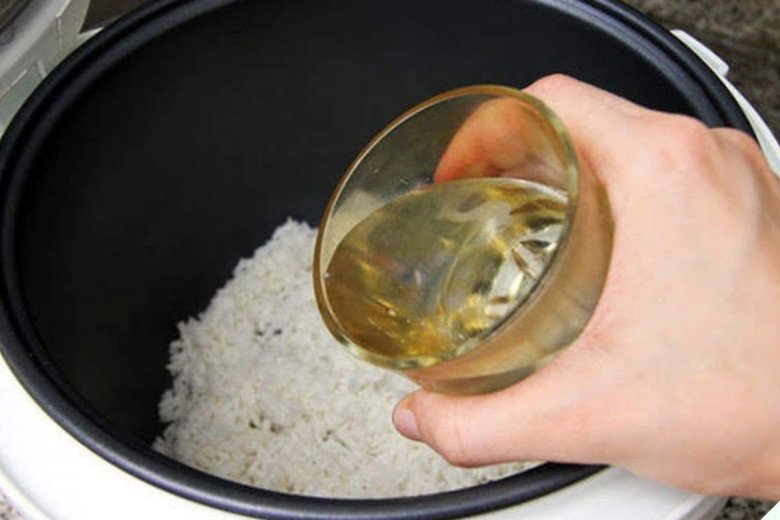
Press the “Cook” button to start cooking the rice. When the cooker switches to the “Warm” mode, wait for 3 minutes and then press the button again to return to the “Cook” mode.
3. Fluff the cooked sticky rice onto a large plate or tray and let it cool down.
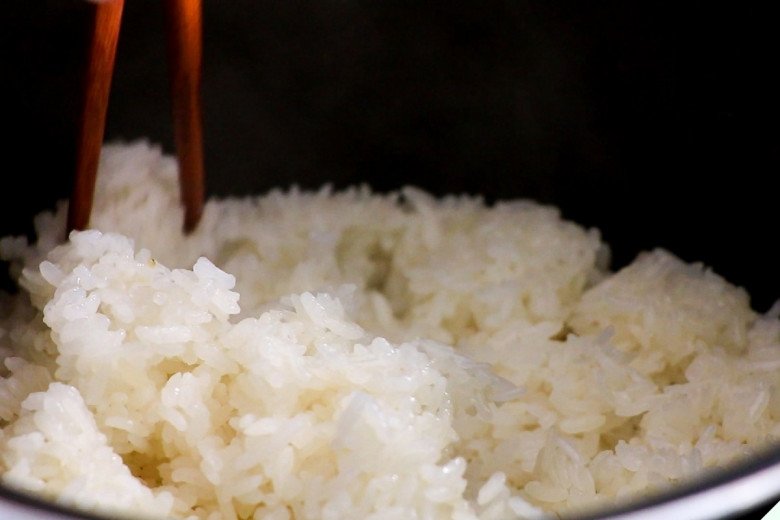
4. Grind the northern yeast into a fine powder and sift it through a strainer to remove any remaining husks.
5. Sprinkle the ground yeast over the cooled sticky rice and mix thoroughly with your hands, ensuring that the yeast coats each grain evenly.

6. Line a basket with banana leaves and fill it with the yeast-coated sticky rice. Fold the edges of the banana leaves to cover the rice completely. Place a clean, dry cloth on top and store it in a draft-free area.

Note that during the fermentation process, the rice will release liquid. Therefore, it is advisable to use a basket with an outer container to catch the liquid.
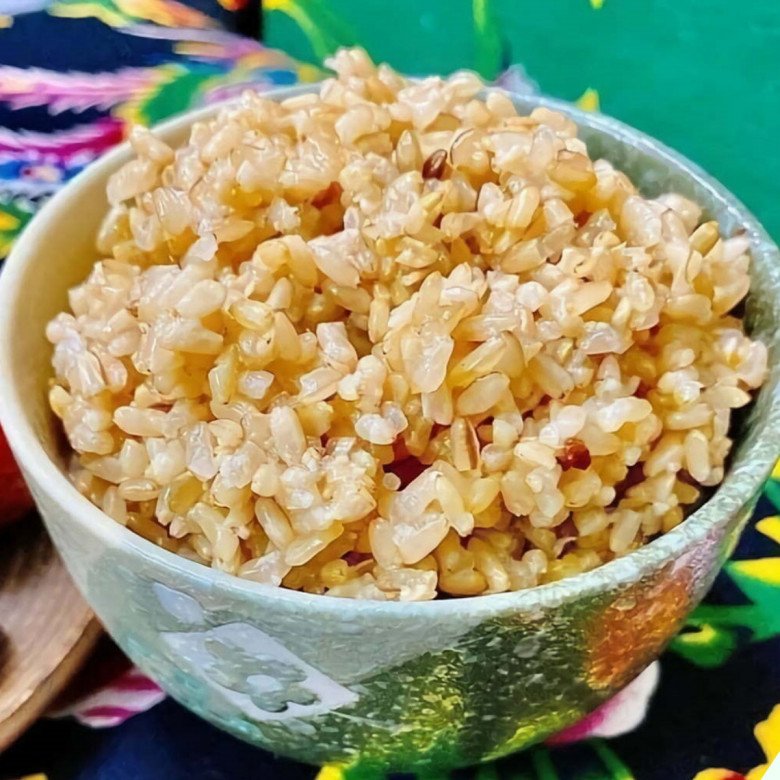
7. After 3 days, the sweet rice wine will be successfully fermented. Use a clean spoon to scoop the rice wine into small bowls and enjoy. The rice grains will be plump and chewy, offering a delightful combination of sweetness and a slight popping sensation in the mouth.
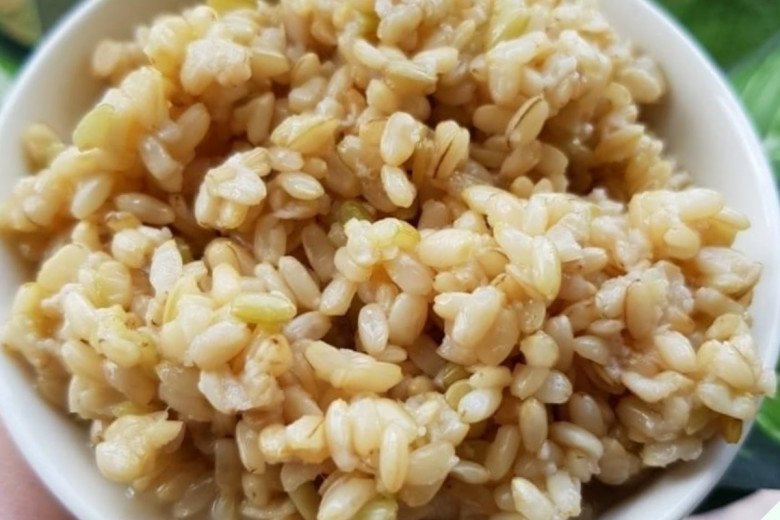
The freshly fermented sweet rice wine will have a pleasant sweetness and aroma, without being overly spicy, sour, or bitter. Store the remaining sweet rice wine in the refrigerator to slow down the fermentation process and prolong its shelf life.



































